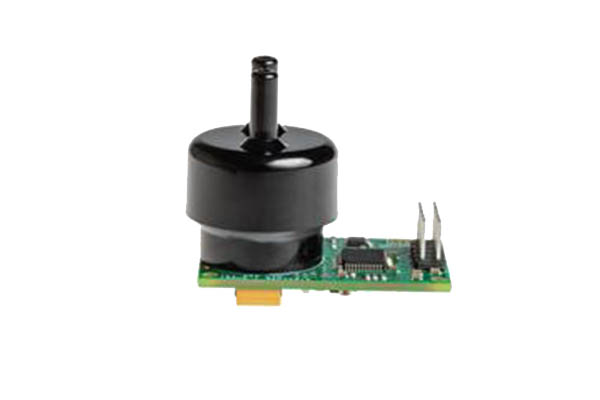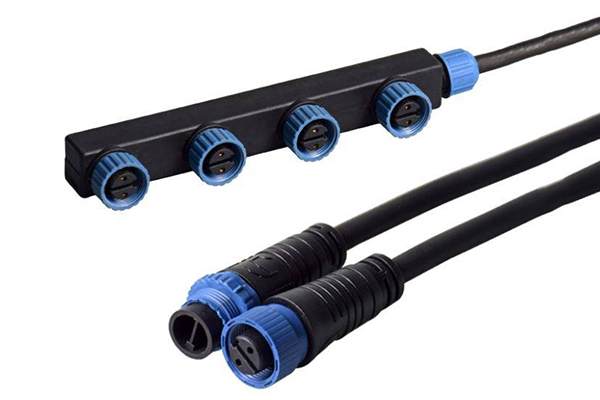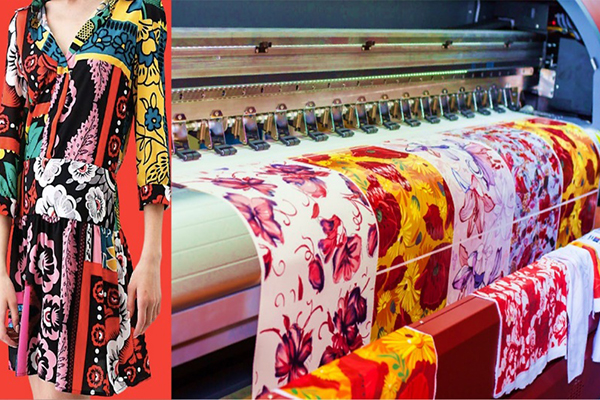Modified Atmosphere Packaging (MAP) technology utilizes a blend of gases, such as oxygen (O2), nitrogen (N2), and carbon dioxide (CO2), to replace the air surrounding packaged food items. By leveraging the packaging materials’ permeability and gas barrier properties, MAP maintains the food in an optimal gas environment, inhibiting spoilage and extending shelf life.
This technique has widely adopted across various food categories, including fresh fruits, vegetables, raw and cooked meat products, seafood, dry goods, snacks, and convenience foods. MAP is prevalent in Western and Northern Europe, with various fresh fish available in supermarkets. MAP fresh fish accounts for 10% of all MAP perishable food retail in the UK, demonstrating its global leadership in applying MAP for raw meat and meat products.
Advantages of Modified Atmosphere Packaging:
MAP is a more versatile process compared to vacuum packaging. While vacuum packaging relies solely on removing air, MAP can be tailored to specific food items, using different gases and ratios of gases in the mixture to provide an extended shelf life while preserving the quality and appearance of the product.
For instance, the gas composition involving CO2 and O2 in the modified atmosphere may vary depending on the type of fish being packaged. Oily fish, for example, benefits from a different atmosphere than shrimp. Additionally, the gas mixture used for red meat differs from that used for bread.
Carbon Dioxide Sensors in MAP:
Carbon dioxide sensors are employed to monitor the changes in carbon dioxide concentration in MAP. One such sensor is the MINIR/ExplorIR-M, a low-power micro-infrared carbon dioxide sensor from GSS, which consumes only 3.5mW of power. It is an ideal choice for battery-powered devices and portable equipment, making it suitable for the gas storage of fruits and vegetables within the MAP system.
The SprintIR®-W is another CO2 sensor that offers high-speed measurement capability, taking up to 20 readings per second. This sensor is well-suited for applications requiring rapid individual measurements or where CO2 concentrations change quickly.
It features a standard flow-through adapter, allowing high-speed passage of CO2 gas over the optical sensor. Customized adapters can also be used based on specific installation requirements. The SprintIR®-W utilizes patented NDIR solid-state LED optical technology, enabling it to respond to rapidly changing CO2 levels without compromising its performance.
Benefits and Specifications of CO2 Sensors:
• 20 readings per second
• Optional customized flow adaptors
• Low power CO₂ sensor
• Solid-state LED optical technology
• UART data interface
• Built-in auto-zero function
• Optional diffusion sampling
Applications
• Healthcare
• Food Packaging
• Sport Science
• CO2 Fire Suppression Deployment
CO₂ Sensor Specifications
Measurement Ranges 0-5%, 0-20%, 0-60%, 0-100%
Accuracy (typ.) 0-60% ±(70ppm, +5% of reading)
0-100% ±(300ppm, +5% of reading)
Time to 1st Reading <0.5 Seconds
Response Time Flow Dependent
Readings per Second 20
Sample Method Solid-state LED NDIR Diffusion
Electrical and Mechanical Specifications
Measurement Output UART
Supply Voltage 3.25V – 5.5V
Power Consumption (typ.) 35mW @3.3V
Dimensions and Weight 42.45mm x 25mm x 37mm,7g
Operating Conditions
Operating Conditions – Temperature 0°C to 50°C
Operating Conditions – Humidity 0-95% RH, non-condensing
Storage Conditions – Temperature -40°C to +70°C
Ambient Operating Pressure 500mbar to 2bar
Sensor Lifetime >15 years
Environmental Compliance RoHS and REACH
Conclusion:
Modified Atmosphere Packaging offers a practical alternative to vacuum packaging, providing enhanced product visibility. Vacuum packaging relies on reduced pressure, causing packaging materials to collapse tightly around the product.
This can distort the appearance of certain products, such as fresh meat. Vacuum packaging may also cause deformation and compromise critical characteristics for certain products like crumbly cheese. In contrast, MAP offers greater practicality. By utilizing carbon dioxide sensors, the carbon dioxide concentration can be monitored effectively, ensuring optimal gas environments and extending the shelf life of packaged food.
MAP technology, combined with accurate CO2 sensing, continues to drive advancements in food preservation, enabling consumers to enjoy fresher and safer food products for longer periods.


